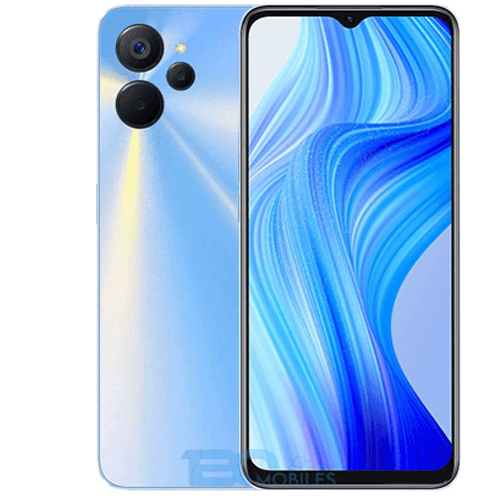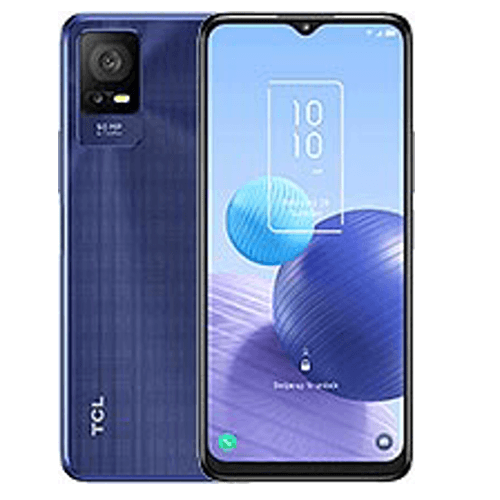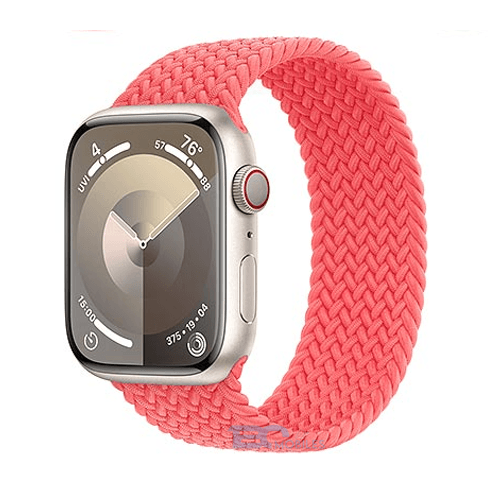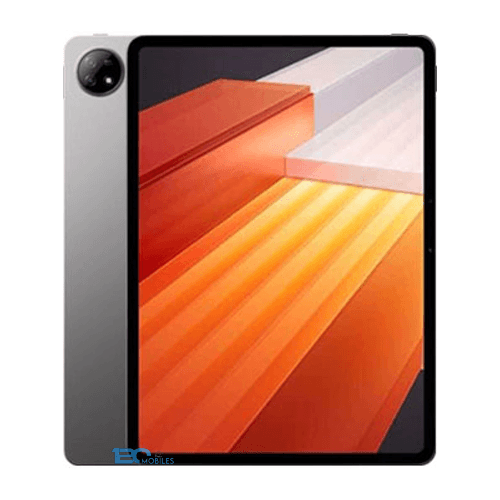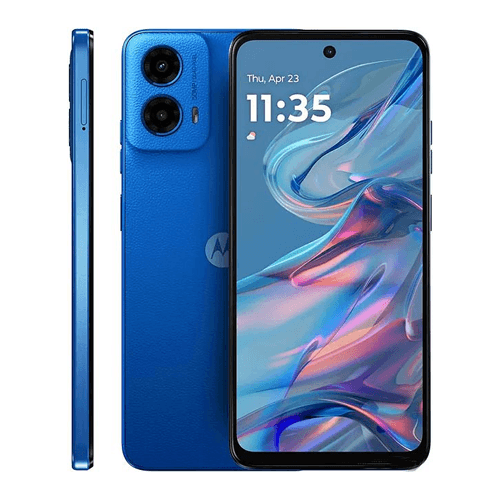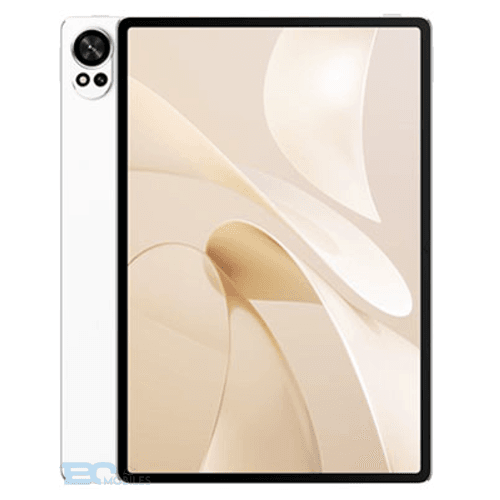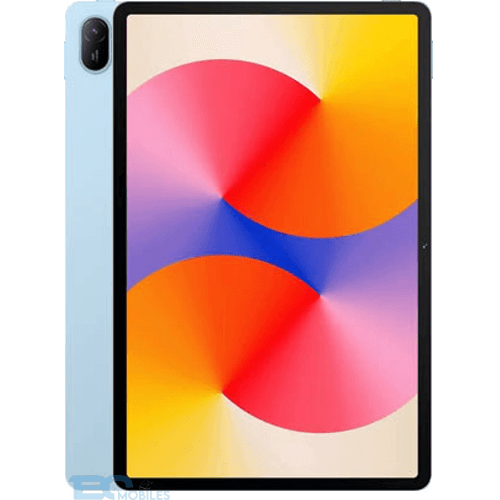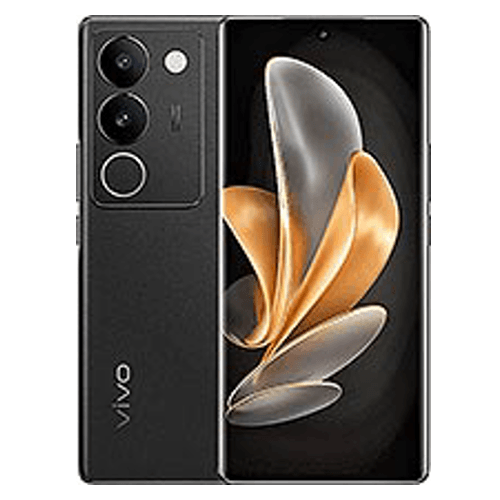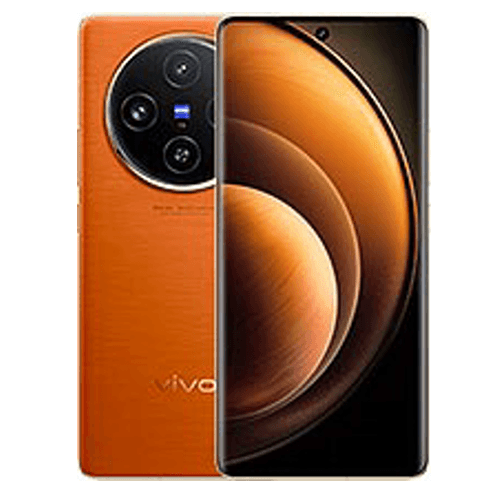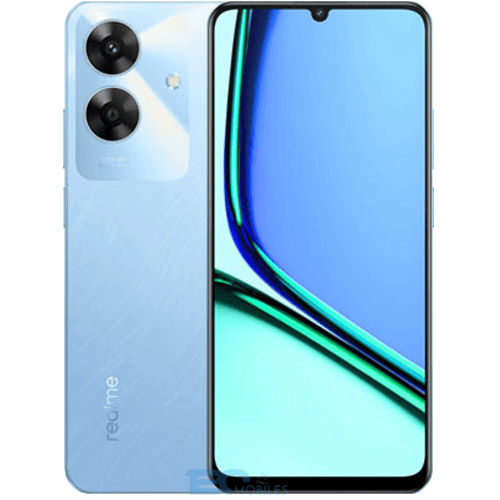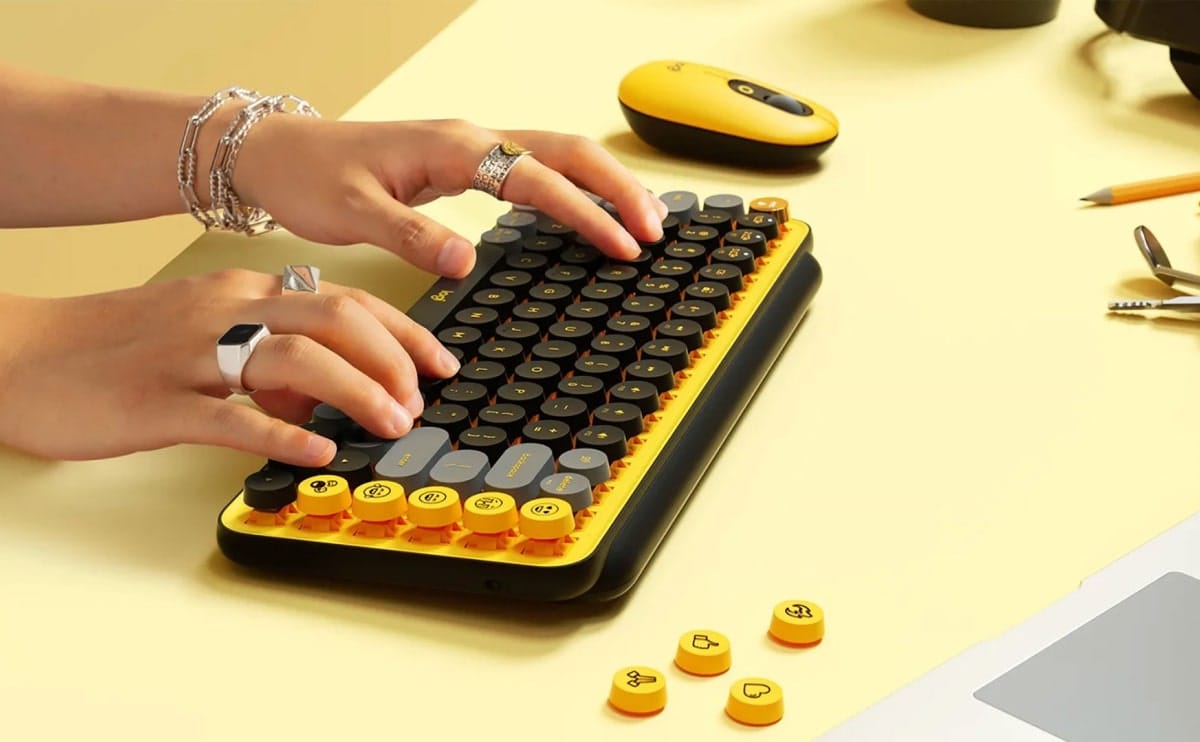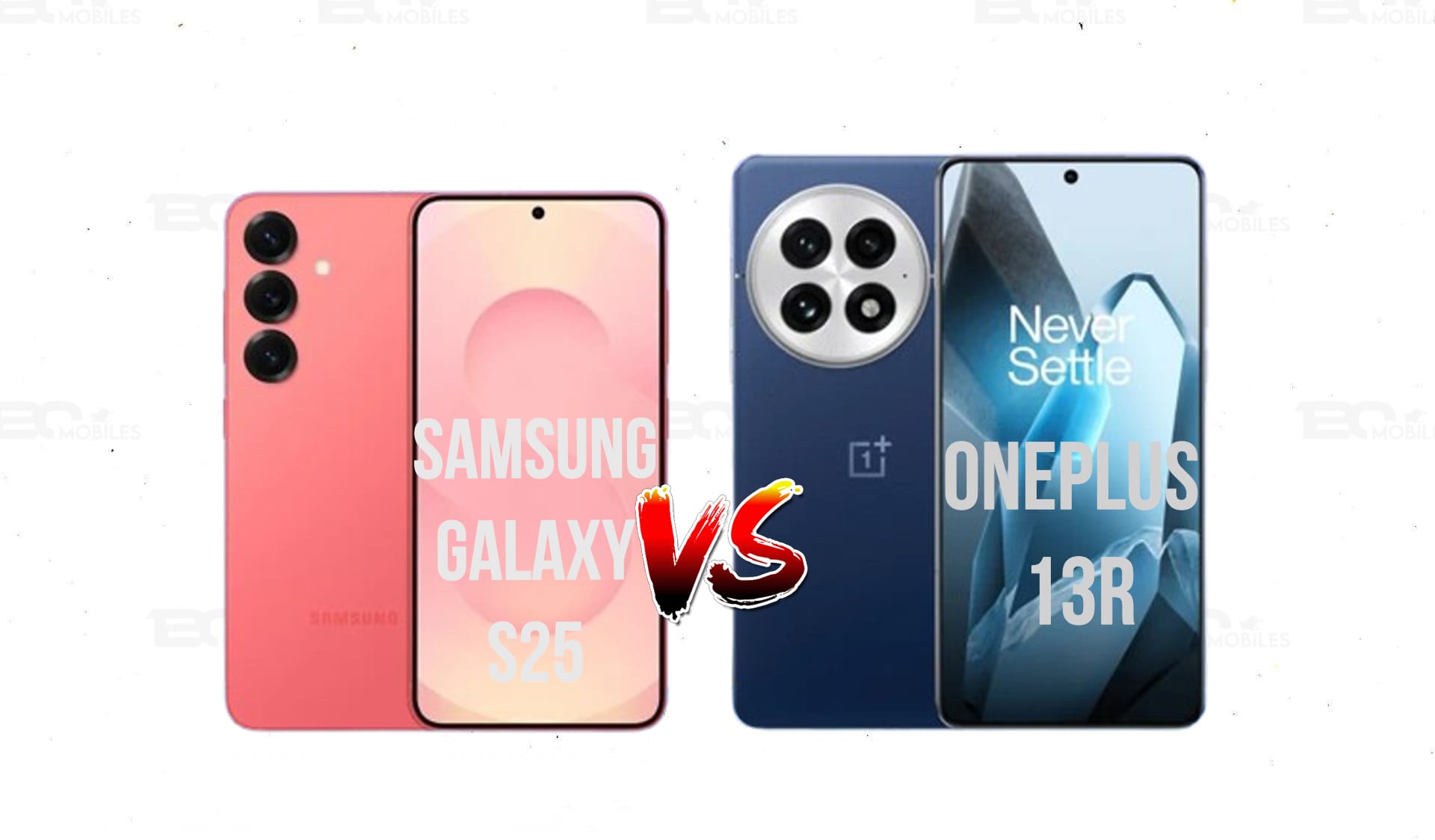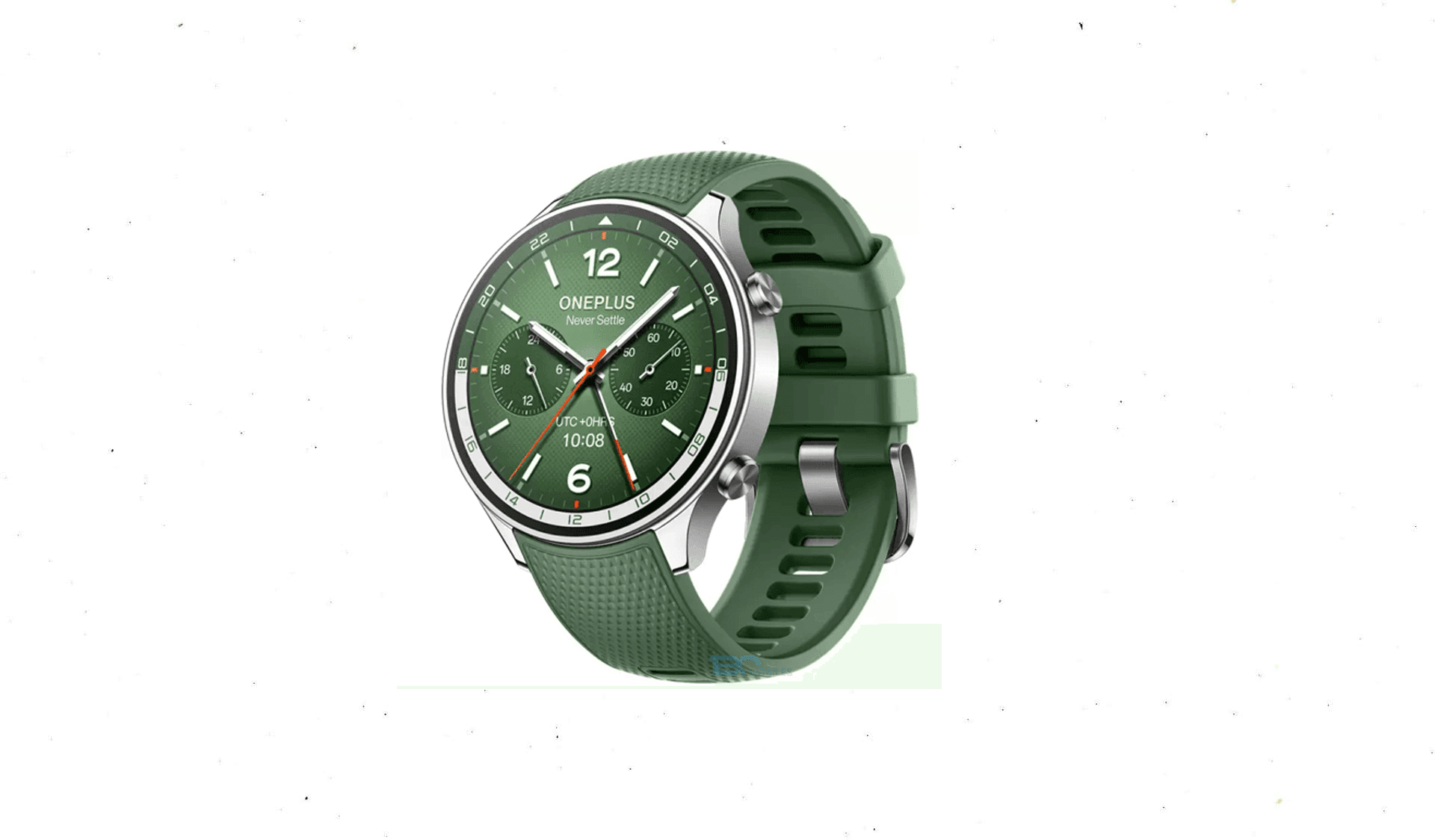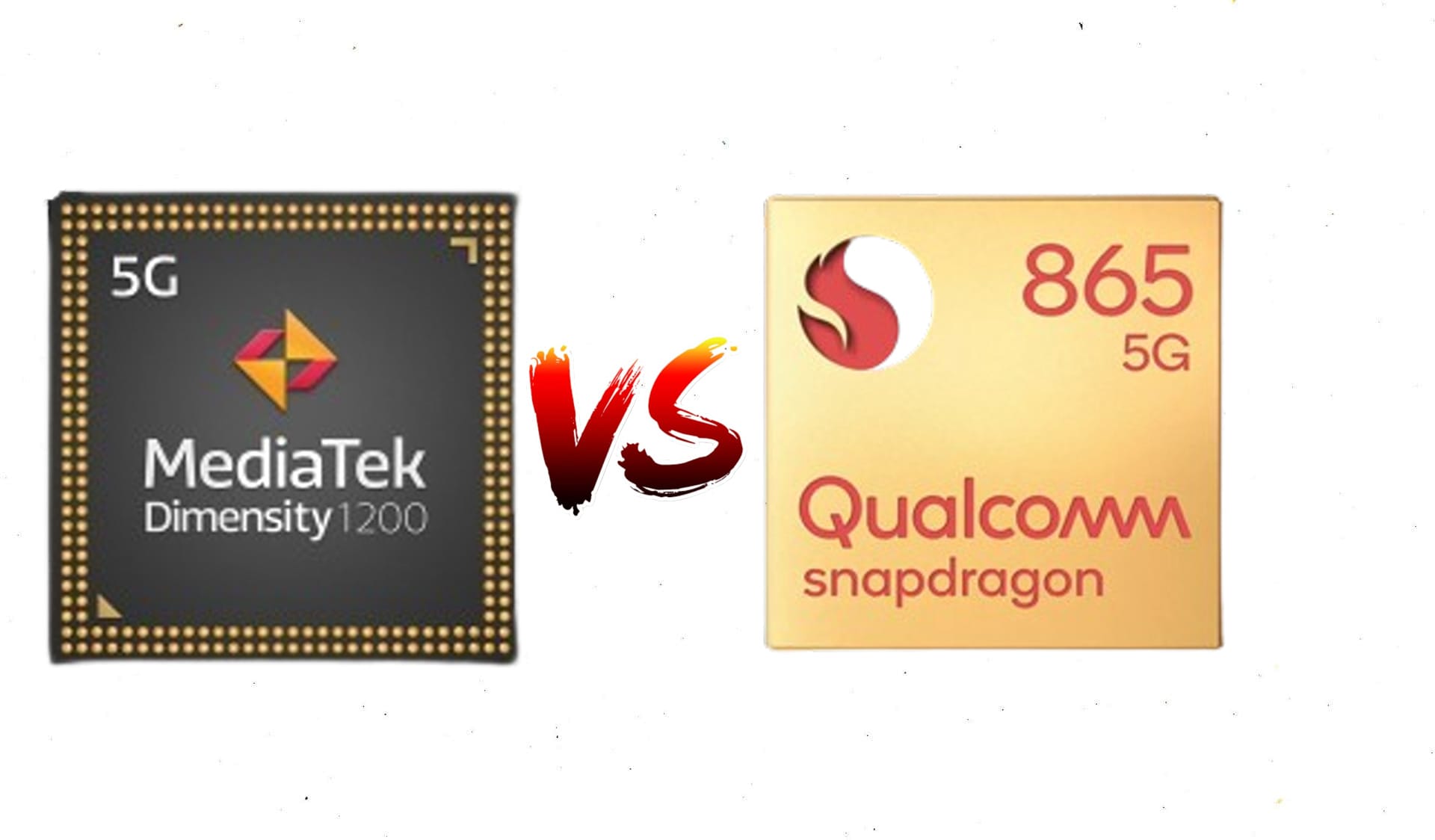Here is a detailed comparison between the Xiaomi 15 and Samsung Galaxy S25.
📑 Table of Contents:
- 📏 Size Comparison
- 🖥️ Display Comparison
- 🔋 Battery Life
- ⚡ Charging Speed
- 🔊 Speaker Test
- 🚀 Performance
- 📊 Benchmark Performance
- 📸 Camera Comparison
- 🎥 Video Quality
- 🏆 Overall Verdict
📏 Size Comparison
Feature | Xiaomi 15 | Samsung Galaxy S25 |
|---|---|---|
Dimensions (Height x Width x Thickness) | 160.5 x 74.8 x 8.2 mm | 158.9 x 73.6 x 7.9 mm |
Weight | 198 grams | 192 grams |
Display Size | 6.73 inches | 6.7 inches |
Bezel Thickness | Ultra-thin bezels with minimal chin | Ultra-thin bezels with slightly smaller chin |
Build Material | Aluminum frame with Gorilla Glass Victus 2 | Armor Aluminum frame with Gorilla Glass Victus 2.5 |
Curved Display | Dual-curved edges (slightly pronounced) | Quad-curved edges (subtle curvature) |
Ergonomics | Ergonomic design but slightly bulkier | Slimmer profile with better weight distribution |
Water and Dust Resistance | IP68 (up to 1.5m for 30 minutes) | IP68 (up to 2m for 30 minutes) |
Button Placement | Power and volume buttons on the right side | Power and volume buttons on the right side |
Fingerprint Sensor | In-display optical sensor | In-display ultrasonic sensor |
🖥️ Display Comparison
Feature | Xiaomi 15 | Samsung Galaxy S25 |
|---|---|---|
Display Type | AMOLED | Dynamic AMOLED 3X |
Screen Size | 6.7 inches | 6.8 inches |
Resolution | 3200 x 1440 pixels (QHD+) | 3200 x 1440 pixels (QHD+) |
Refresh Rate | 120Hz | 120Hz |
Adaptive Refresh Rate | Yes (10Hz to 120Hz) | Yes (1Hz to 120Hz) |
Peak Brightness | 2000 nits | 2500 nits |
Color Gamut | DCI-P3 | DCI-P3 |
HDR Support | HDR10+ | HDR10+ |
Touch Sampling Rate | 480Hz | 480Hz |
Always-On Display | Yes | Yes |
Gorilla Glass Protection | Gorilla Glass Victus 2 | Gorilla Glass Victus 3 |
Under-Display Camera (UDC) | No | Yes (Improved UDC with reduced pixel density impact) |
Curved Edges | Slightly curved edges | Deeply curved edges |
🔋 Battery Life
Feature | Xiaomi 15 | Samsung Galaxy S25 |
|---|---|---|
Battery Capacity | 5,000mAh | 4,800mAh |
Fast Charging | 120W wired fast charging | 45W wired fast charging |
Wireless Charging | 50W wireless charging | 15W wireless charging |
Reverse Wireless Charging | 10W reverse wireless charging | 4.5W reverse wireless charging |
Battery Optimization Software | AI-based adaptive battery management | Intelligent power management with AI |
Screen-On Time (SOT) | Up to 8 hours under heavy usage | Up to 7.5 hours under heavy usage |
Standby Time | Up to 300 hours | Up to 280 hours |
Energy Efficiency | Optimized for high-refresh-rate displays and power-hungry tasks | Balanced energy efficiency with focus on sustained performance |
Battery Health Monitoring | Advanced battery health tracking with longevity optimization | Standard battery health monitoring |
Extreme Power Saving Mode | Reduces functionality to extend battery life by up to 48 hours | Reduces functionality to extend battery life by up to 36 hours |
⚡ Charging Speed
Feature | Xiaomi 15 | Samsung Galaxy S25 |
|---|---|---|
Battery Capacity | ~5000mAh | ~4800mAh |
Wired Charging Speed | 120W HyperCharge | 45W Super Fast Charging |
Wireless Charging Speed | 50W Wireless Charging | 25W Wireless PowerShare |
Reverse Wireless Charging | 10W Reverse Wireless Charging | 4.5W Wireless PowerShare |
Charging Technology | Advanced multi-phase cooling system + AI-based charging optimization | Enhanced fast charging with heat management |
Time to 100% Charge (Wired) | ~20 minutes | ~60 minutes |
Time to 50% Charge (Wired) | ~10 minutes | ~30 minutes |
Charging Adapter Included | 120W charger included in the box | 45W charger included in the box |
Battery Health Optimization | AI-based battery health management to extend lifespan | Adaptive battery care to reduce wear over time |
Fast Charging Standards | Supports Xiaomi HyperCharge, QC 5.0, and PD | Supports Samsung Super Fast Charging, QC 4.0, and PD |
🔊 Speaker Test
Feature | Xiaomi 15 | Samsung Galaxy S25 |
|---|---|---|
Speaker Configuration | Dual Stereo Speakers (Top and Bottom) | Quad-Speaker System (Top, Bottom, Left, Right) |
Sound Quality (Bass, Treble) | Enhanced bass with balanced treble; tuned by Harman Kardon | Rich bass, crisp treble, and wide soundstage; tuned by AKG |
Max Volume | High volume with minimal distortion | Extremely high volume with advanced distortion suppression |
Spatial Audio Support | Yes, with Dolby Atmos support | Yes, with Dolby Atmos and Object-Based 3D Audio |
Audio Calibration | AI-based calibration for optimal sound output | Real-time adaptive calibration based on environment and content |
Gaming Audio Performance | Enhanced gaming mode with directional audio cues | Advanced gaming mode with precise 360° spatial sound |
Call Clarity (Speaker Mode) | Clear voice enhancement with noise cancellation | AI-driven noise suppression and voice clarity optimization |
Water Resistance Impact | IP68-rated speakers with water-resistant mesh | IP68-rated speakers with advanced hydrophobic coating |
Battery Consumption | Optimized power usage for extended playback | Ultra-efficient power management for prolonged audio sessions |
Customization Options | Equalizer presets and manual adjustments | Advanced equalizer with real-time frequency adjustments |
🚀 Performance
Feature | Xiaomi 15 | Samsung Galaxy S25 |
|---|---|---|
Processor | Qualcomm Snapdragon 8 Gen 3 | Exynos 2500 / Snapdragon 8 Gen 3 (region-dependent) |
CPU Architecture | Octa-core (1x Cortex-X4 @ 3.3GHz, 3x Cortex-A720 @ 2.8GHz, 4x Cortex-A520 @ 2.0GHz) | Octa-core (1x Cortex-X4 @ 3.4GHz, 3x Cortex-A720 @ 2.9GHz, 4x Cortex-A520 @ 2.0GHz) |
GPU | Adreno 750 | Adreno 750 / Samsung Xclipse GPU (region-dependent) |
RAM Options | 8GB / 12GB LPDDR5X | 8GB / 12GB / 16GB LPDDR5X |
Storage Options | 128GB / 256GB / 512GB UFS 4.0 | 128GB / 256GB / 512GB / 1TB UFS 4.0 |
AI Processing | Dedicated AI engine with 30 TOPS (Tera Operations Per Second) | Enhanced NPU with 35 TOPS |
Thermal Management | Vapor chamber cooling system | Advanced vapor chamber + graphene-based cooling |
Battery Life | 5000mAh with 120W fast charging | 5100mAh with 100W fast charging |
Wireless Charging | 50W wireless charging | 30W wireless charging |
Reverse Wireless Charging | 10W | 4.5W |
Software Optimization | MIUI 15 (based on Android 14) | One UI 6.0 (based on Android 14) |
Gaming Performance | Optimized for high frame rates in demanding games | Game Booster with enhanced graphics and touch response |
5G Connectivity | Sub-6GHz and mmWave support | Sub-6GHz and mmWave support |
Wi-Fi Standards | Wi-Fi 7 | Wi-Fi 7 |
Bluetooth Version | Bluetooth 5.4 | Bluetooth 5.4 |
📊 Benchmark Performance
🔹 GeekBench 6
| Specification | Xiaomi 15 | Samsung Galaxy S25 |
|---|---|---|
| Single-Core | ~3200 | ~3160 |
| Multi-Core | ~10,500 | ~9941 |
🔹 Antutu 10
| Specification | Xiaomi 15 | Samsung Galaxy S25 |
|---|---|---|
| Total Score | ~2.3M | ~2.2M |
🔹 3DMark
| Specification | Xiaomi 15 | Samsung Galaxy S25 |
|---|---|---|
| GPU Score | Higher | Lower |
📸 Camera Comparison
Feature | Xiaomi 15 | Samsung Galaxy S25 |
|---|---|---|
Main Camera Sensor | 200MP, 1/1.28″ sensor with OIS | 200MP, 1/1.22″ sensor with OIS |
Ultra-Wide Camera | 50MP, 120° field of view, f/2.2 | 48MP, 122° field of view, f/2.0 |
Telephoto Camera | 50MP, 3x optical zoom, 30x digital zoom | 50MP, 5x optical zoom, 50x digital zoom |
Front Camera | 32MP, f/2.4 | 40MP, f/2.2 |
Aperture (Main Camera) | f/1.7 | f/1.6 |
Low-Light Performance | Night Mode with AI Noise Reduction | Improved Nightography with AI Noise Reduction and Brightness Optimization |
HDR Photography | HDR10 | HDR10+ |
AI Enhancements | Real-time scene recognition, object tracking, and portrait mode enhancements | Real-time object tracking, enhanced color accuracy, adaptive exposure, and bokeh |
Macro Camera | 2MP, fixed focus | 12MP, autofocus |
Pro Mode Features | Manual controls (ISO, shutter speed, white balance) | Full manual controls (ISO, shutter speed, white balance, etc.) |
Video Stabilization | Optical Image Stabilization (OIS) + Electronic Image Stabilization (EIS) | Advanced Optical Image Stabilization (OIS) + Enhanced Super Steady Mode |
Thermal Management | Standard cooling system | Advanced cooling system for extended high-quality photo sessions |
Portrait Mode | AI-based bokeh effects with adjustable intensity | AI-based bokeh effects with adjustable intensity and real-time depth adjustments |
Astrophotography Mode | Available with basic star-tracking | Available with advanced star-tracking and noise reduction |
🎥 Video Quality
Feature | Xiaomi 15 | Samsung Galaxy S25 |
|---|---|---|
Main Camera Video Resolution | 8K at 24fps, 4K at 60fps | 8K at 30fps, 4K at 60fps |
Front Camera Video Resolution | 4K at 30fps | 4K at 30fps |
Stabilization | Optical Image Stabilization (OIS) + Electronic Image Stabilization (EIS) | Advanced Optical Image Stabilization (OIS) + Enhanced Super Steady Mode |
Low-Light Video Performance | Night Mode Video with AI Noise Reduction | Improved Nightography with AI Noise Reduction and Brightness Optimization |
HDR Video Recording | HDR10+ | HDR10+ |
Slow Motion Video | 960fps Super Slow Motion at HD resolution | 960fps Super Slow Motion at HD resolution |
Audio Zoom | Yes, with directional audio capture | Yes, with enhanced directional audio capture |
Pro Video Mode | Manual controls (ISO, shutter speed, white balance) | Full manual controls (ISO, shutter speed, white balance, etc.) |
Time-Lapse Video | Available with customizable intervals | Available with customizable intervals and exposure settings |
AI Video Enhancements | Real-time scene recognition and basic object tracking | Real-time object tracking, enhanced color accuracy, and adaptive exposure adjustments |
Thermal Management | Standard cooling system | Advanced cooling system for extended high-quality video recording |
🏆 Overall Verdict
🔹 Pros
Xiaomi 15:
✅ Larger and sharper display
✅ Faster Snapdragon 8 Gen 4 processor
✅ Much bigger battery (4800mAh)
✅ Faster charging (90W wired, 50W wireless)
✅ Higher megapixel cameras
Samsung Galaxy S25:
✅ More compact and lightweight design
✅ Better software optimization and One UI
✅ Excellent video stabilization
✅ Longer software support
🔹 Cons
Xiaomi 15:
❌ Heavier than Galaxy S25
❌ MIUI software is not as optimized as One UI
Samsung Galaxy S25:
❌ Much smaller battery (4000mAh)
❌ Slower wired and wireless charging



